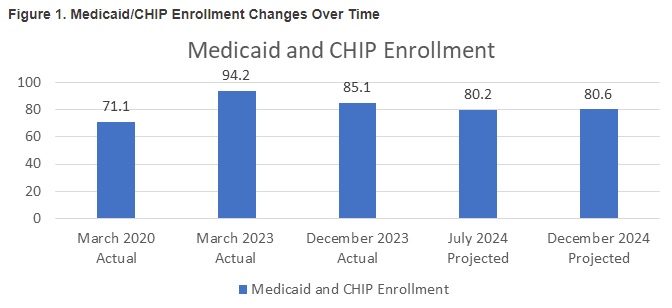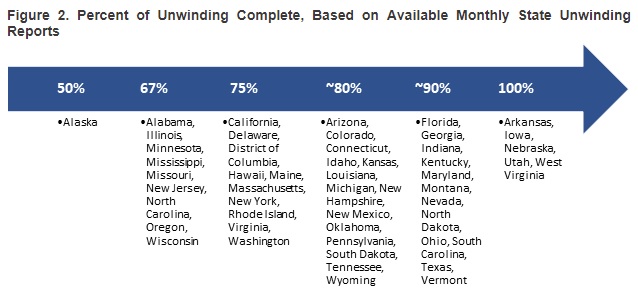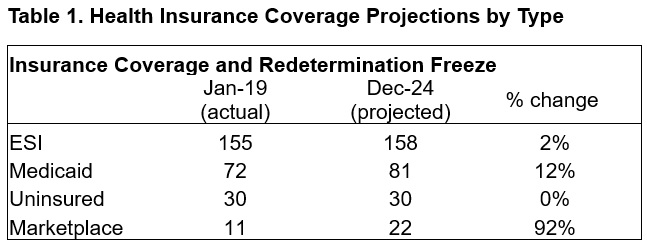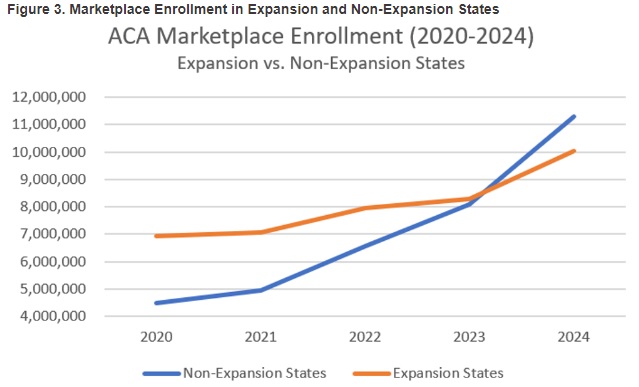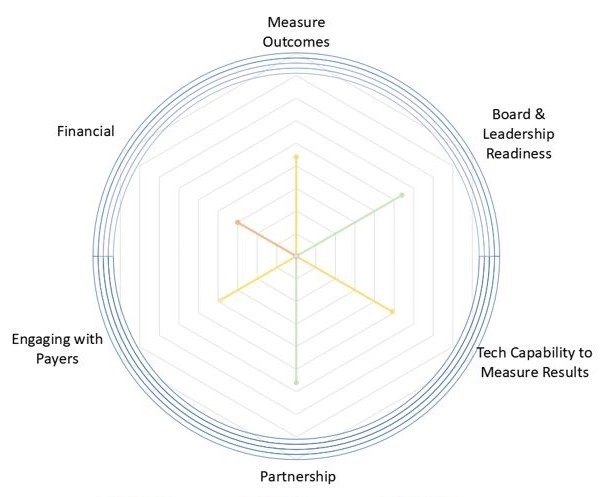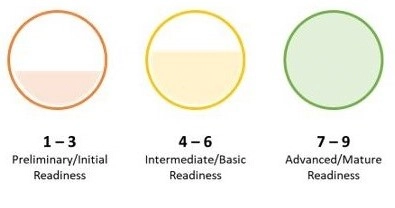This week’s second In Focus section delves into the Ensuring Access to Medicaid Services final rule. The Centers for Medicare & Medicaid Services (CMS) published the access rule May 10, 2024, alongside the similarly significant Medicaid managed care final rule. The two rules include new flexibilities and requirements aimed at enhancing accountability for improving access and quality in Medicaid and the Children’s Health Insurance Program (CHIP) across the fee-for-service (FFS) and managed care delivery systems and provide targeted regulatory flexibility in support of this goal.
Five Takeaways from the CMS Medicaid Managed Care Final Rule, which Health Management Associates, Inc. (HMA), published April 24, 2024, outlined key issues and implications that CMS advanced in the Medicaid managed care program. The Ensuring Access to Medicaid Services final rule, meanwhile, focuses on the following:
- Payment adequacy for direct care workers (80/20 rule)
- The role of self-direction and the 80/20 rule
- Establishment of a pathway to national benchmarking of Medicaid rates
- Potential impacts of the rule on programs that serve individuals with dual eligibility
Overview
The Ensuring Access to Medicaid Services finalized policies are designed to create an updated federal framework for Medicaid’s home and community-based services (HCBS) programs. These changes come at a pivotal time, as states are facing workforce shortages, particularly among HCBS direct care workers (DCWs). Table 1 provides an overview of several significant final policies.
Table 1. Ensuring Access to Medicaid Services: Overview of Final Rule Policies
Below HMA reviews several key questions we are fielding regarding the impact of the rule.
Ensuring Payment Adequacy: How will states demonstrate that 80 percent of Medicaid payments go to direct care workers?
The final rule requires at least 80 percent of Medicaid payments be spent on compensation for DCWs workers, including homemaker, home health aide, and personal care services. In response to public comment, CMS adjusted the final rule to include some employer costs in the 80 percent calculation.
Recognizing it will take substantial time for providers to establish the necessary systems, data collection tools, and processes to collect the required information to report to states, CMS is providing states six years to implement the HCBS Payment Adequacy policy, and four years for reporting requirements. States and providers must ensure that that they are prepared to meet the payment adequacy requirements in the final rule. Being successful will require collaboration between states and providers, investments in systems, and analysis of – and potentially changes to – reimbursement levels.
How does the 80/20 rule apply to self-directed care?
CMS finalized its proposal to require that at least 80 percent of all payments for homemaker, home health aide, and personal care services in HCBS programs, including managed care programs, be spent on compensation for DCWs. In a change from its proposed policy, CMS limits the 80/20 compensation mandate to certain types of self-directed models. Specifically, the 80/20 rule will apply to models in which the beneficiary directing services does not set the payment rate for the worker, such as Agency with Choice and other self-directed models that use a fiscal intermediary or fiscal employer agent, in both managed care and FFS delivery systems. The compensation rule does not apply to self-directed models in which the beneficiary sets the rates paid to workers.
CMS will hold states accountable for compliance with the 80/20 rule, regardless of whether their HCBS are delivered through an FFS delivery system, managed care delivery system, or both. States will need to determine an approach to track compliance with the minimum performance requirement at the provider level, not the managed care plan level. States and managed care plans should collaborate to determine their respective roles in activities such as the data collection and mandatory reporting, and they should continue to seek and monitor clarifying guidance from CMS.
How will the Ensuring Access final rule affect national benchmarks in Medicaid rates? State Medicaid programs have many nuances that make it difficult to obtain applicable comparison data and best practices. Beginning July 1, 2026, the final rule requires that states publish their payment rates, specifically the average hourly Medicaid FFS fee schedule payment rates, separately identified for payments made to individual providers and provider agencies, if the rates vary. States also must conduct a comparative analysis of their base Medicaid FFS fee schedule payment rates with the Medicare non-facility payment rate. CMS does not, however, require that states change their payment rates based on the comparative analysis.
Payment rate transparency publications, comparative payment rate analyses, and payment rate disclosures present opportunities for states, MCOs, and providers to assess the adequacy of payment rates and their impact on access to services. The forthcoming data also will help federal and state level policymakers in their efforts to improve quality, access, and affordability. States will need to do baseline assessments comparing Medicaid and Medicare rates. States, managed care plans, and providers should monitor for CMS sub-regulatory guidance, including hypothetical examples of the service codes that would be subject to the comparative payment rate analysis.
Does the final rule affect integrated models of care for people who are dually eligible for Medicaid and Medicare? CMS finalizes policies that will have a variable impact on states and individuals dually eligible for Medicare and Medicaid because of differences in state approaches to integrated care for this population. For example, the new grievance system policies apply differently depending on the level of integration the state requires of Medicare Advantage (MA) dual-eligible special needs plans (D-SNPs) programs. Like grievance systems, states, providers, and MCOs should monitor how states address the final rules for critical incidents for individuals with dual eligibility when a Medicaid managed care plan is unable to access Medicare data.
CMS intends to provide additional sub-regulatory guidance and technical assistance to support implementation of policies that affect dually eligible individuals. States should verify their access to and readiness to use Medicare data related to the new requirements, and seek technical assistance to maximize use of these data for individuals enrolled in non-integrated D-SNPs. Commentors have also asked how the changes to the HCBS quality measure set may work in programs for dually eligible members.
Connect with Us
HMA is ready to support your efforts to understand and take action to account for the Ensuring Access to Medicaid Services final rule’s effects on your state’s or organization’s strategy and operations. Our experts are developing policies and procedures at the intersection of the access and managed care final rules. Please contact Susan McGeehan, Dari Pogach, and Patrick Tigue to connect with our expert team members on this vital set of issues.

